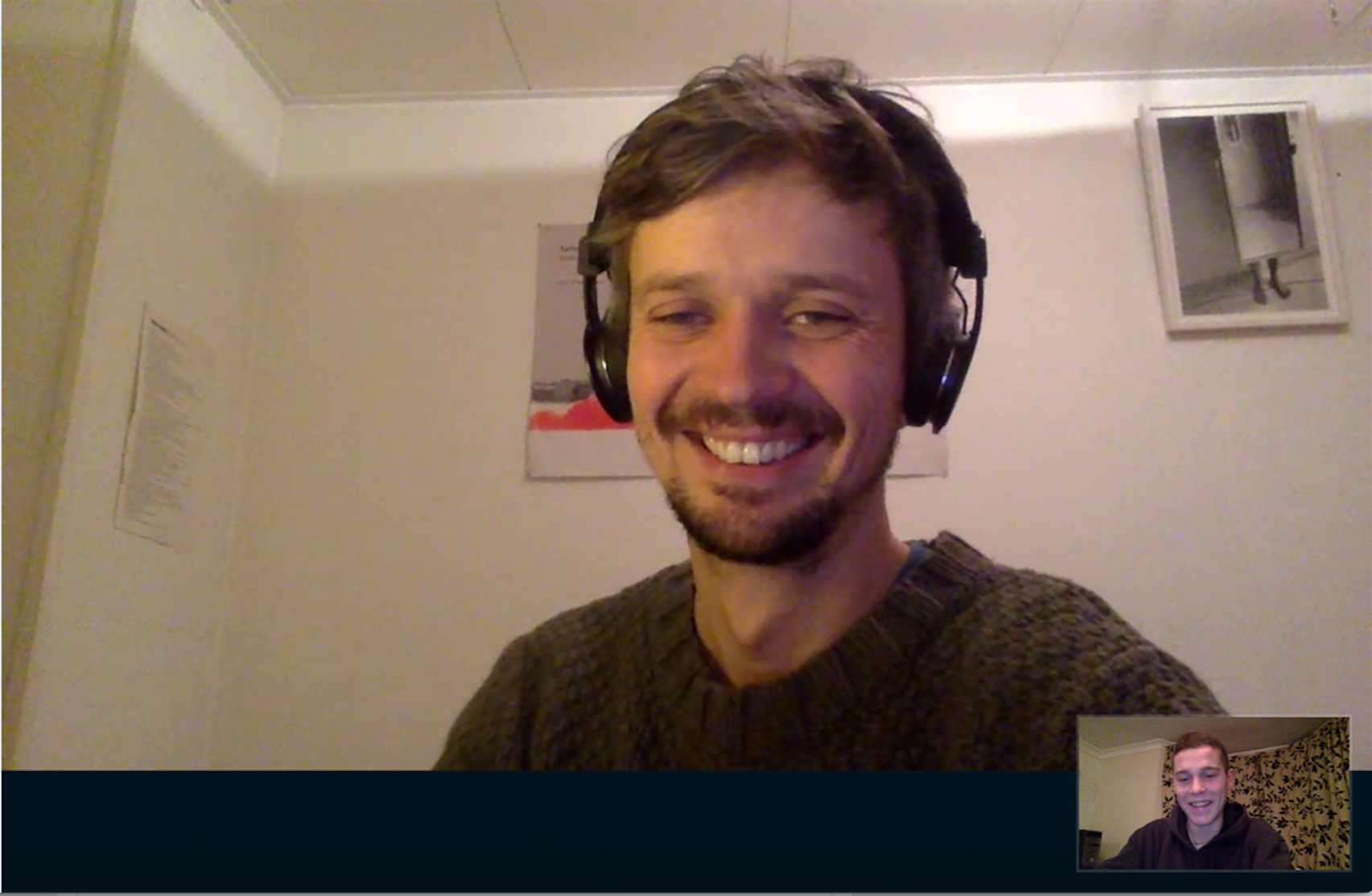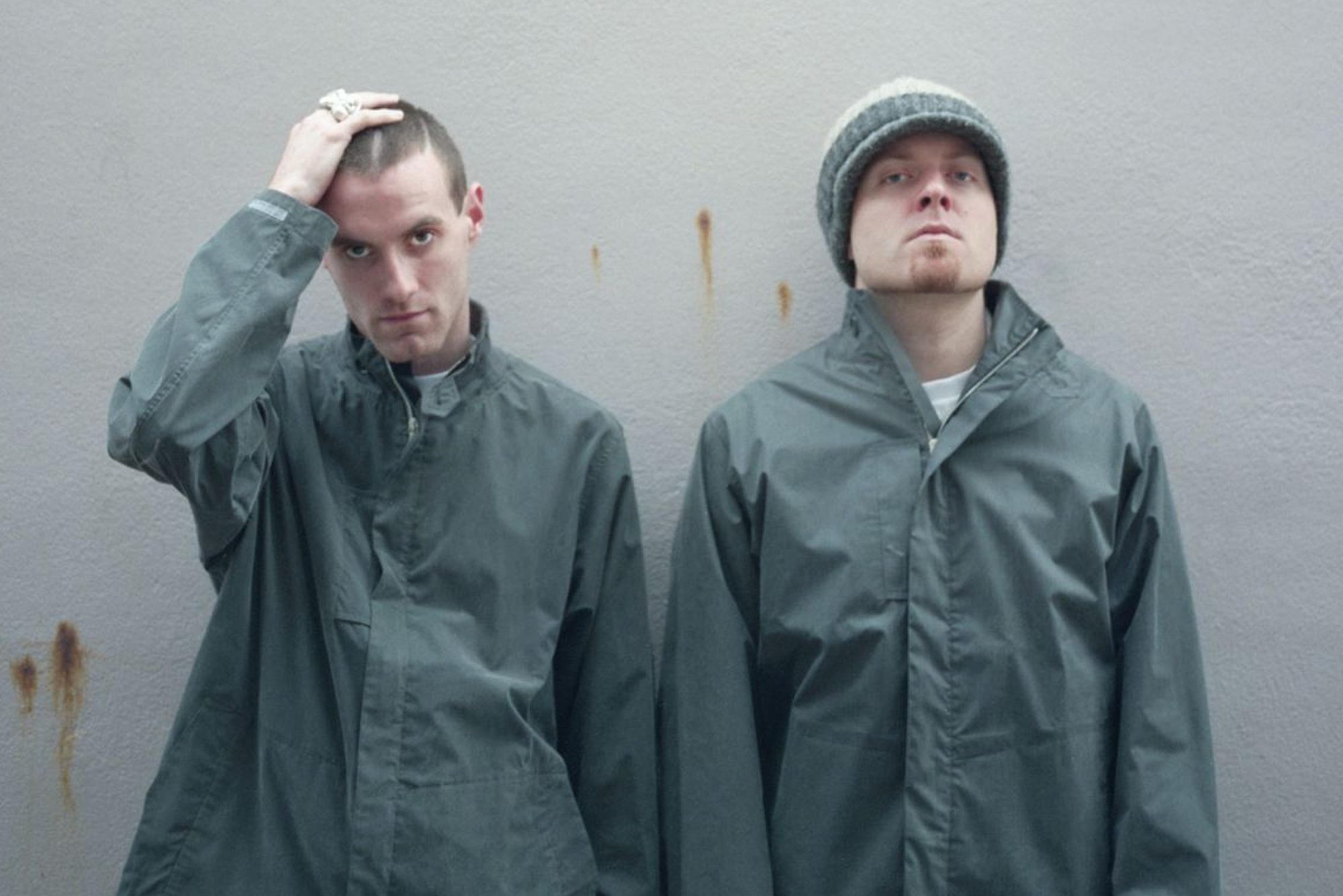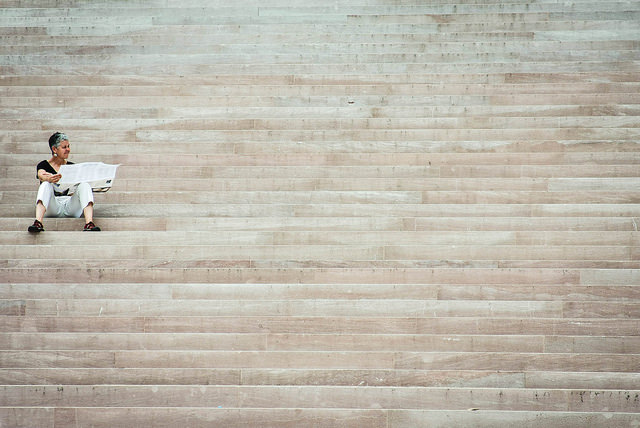
One city, one night, one take
It is very rare at the end of a film for the cinematographer to be credited before the director. But after watching Victoria, a film lasting two and a quarter hours and taken in just one shot, it’s easy to see why cinematographer Sturla Brandth Grøvlen was given this honour.
The film begins at four-thirty a.m. in a club in Berlin. Flashing lights fade into the face of Victoria (Laia Costa) as she bounces to pounding techno. She then meets four “real Berlin guys”, and the five of them venture out onto the streets of the German capital. Moving across more than twenty locations and escalating from the first hour into unyielding, break-neck action, Victoria offers its audience total immersion: we live every minute of it.
There was no guarantee that Victoria would be released as a one-shot film. The cast and crew had just three chances to shoot it using that technique; otherwise it would have been cut in a similar style to Hitchcock’s Rope and Iñárritu’s Birdman. It is a testament to everyone involved that the third take that made up the final film is not a gimmick, but a spectacular example of modern filmmaking.
In January, I was lucky enough to interview the film’s cinematographer Sturla Brandth Grøvlen to ask him how such a film came about.
How was the process of filming Victoria different to other films you’ve done?
Usually you shoot a very tiny piece of the staged reality and you do it over and over again and at the end of the day you have a shot—if you’re lucky, one or two minutes of screen time. Here we are in the middle of it for the whole two hours fifteen minutes. That was both exhausting and exhilarating.
What was the feeling after the third and final take?
I was physically exhausted but at the same time I just wanted to do it again. I felt the first take we did was better technically, so in some ways I was a little disappointed. But at the same time the director Sebastian Schipper told me that he was very happy with this third take and that gave me a lot of confidence. The performances and energy of it made for the best film.
I read online that Sebastian asked you to film as if you were a war photographer. How did that work?
He wanted me to be completely in the moment. We’d got to know the language and structure of the film in rehearsals but there was no scripted dialogue and a lot of the film was improvised. I just had to go with whatever was happening around me and react to everything very intuitively.
Earning the actors’ trust was important. When you are with three people in a tiny elevator, the camera is right up in their faces and there is hardly any room, it helps if you are on good terms. The actors and I became a little clique, a gang.
How did you prepare for filming constantly for that length of time?
I did a lot of running with heavy equipment and some basic back training because I was holding the camera in my wrist a lot. Before every rehearsal I warmed up for half an hour as if I were running a marathon. The camera weighed around five and a half kilos, which is not too heavy but for two and a half hours you do feel it.
I also wanted to make sure nothing got caught while filming so the camera was free of cables and the same went for my clothing. I made sure I didn’t have pockets or shoelaces and I had this kind of ninja costume on, with wrist and back support and kneepads. I looked ridiculous but I had to make sure I was comfortable moving in all sorts of positions.
Which scene are you most proud of?
The one right at the end in the hotel. That late in the film everyone was worried about fucking up so I was quite nervous. It wasn’t a shot I had planned. The timing of Laia Costa starting to cry, and me being so close to her at that moment, made for a great shot. The angles just felt right.
Were you worried about making mistakes, given that it was all shot in one go?
I think a mistake can become really beautiful art. For me it is definitely a general view but Victoria was the ultimate test of that. There are no mistakes in this film because there are no cuts. Everything was going to be part of it. If something happened that wasn’t supposed to happen then we had to embrace it.
Often I get the best shots by accident. Sometimes when I’m filming something I hand my camera over to my assistant and he puts it down on the floor and all of a sudden you get a beautiful frame. You’d normally never think of that shot because you are obsessed with these conventional ideas about how you should frame something, or where you should point the camera, and how the story should be told. I think if you are to break free from that you have to be open to letting your mistakes into the visual language.
How did you work with lighting?
We put a lot of lights on the roofs along the streets where the cast were walking for the first half of the film. We were shooting in 360 degrees and were potentially looking everywhere so we couldn’t just put up a lamp. We had to make it part of the set as well. As it became day we were less dependent on artificial light. One German newspaper thought Victoria was shot in natural light. I thought that was a real compliment to my gaffer.
Nils Frahm produced the soundtrack for Victoria. In a film with no cuts, the soundtrack helped transition between scenes.
I think by the time Nils Frahm came on to the project Sebastian had a good idea of what angle to take with the soundtrack. He talked to Nils about creating silence in the film. For me, the soundtrack helped distort the viewer’s perception of time: even though the film is in real time the soundtrack helped to draw out or shorten certain scenes. For example, when the score is playing in the elevator it feels like the characters are bonding much more than if the audience were in on the conversation. It became more of a moment.
Has your opinion of the film and your work in it changed since it was released?
I have always been very self-critical. It’s hard for me to have an objective view of Victoria now. One really good thing that has come out of this film is that I have learned a lot by having to think and talk about it a lot. It would be great if I could take as much out of every film as I did with Victoria.
When filming, do you focus more on aesthetics or narrative?
Definitely the narrative. For me to do my best possible work I have to really understand the story and the psychology of the characters. I get a little worried if I’m looking for the most beautiful shot rather than the right shot.
The film premiered at the sixty-fifth Berlinale film festival in February 2015 to astounding success. Victoria is due for release in the UK this April.







